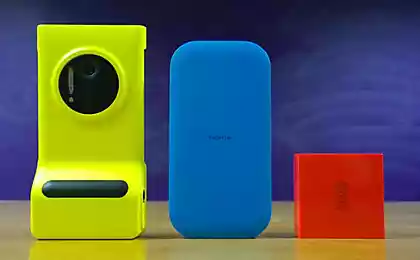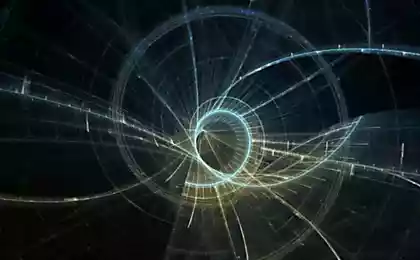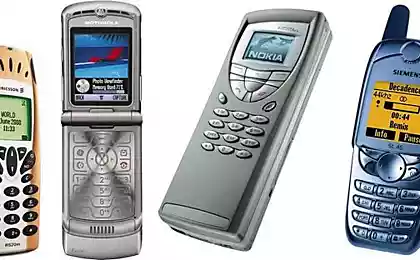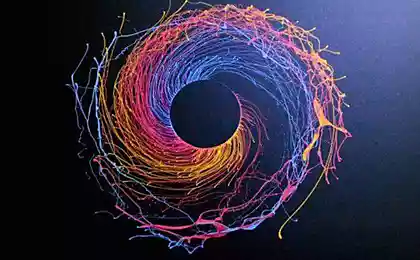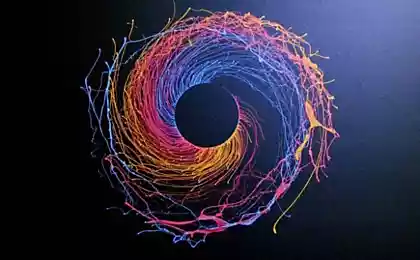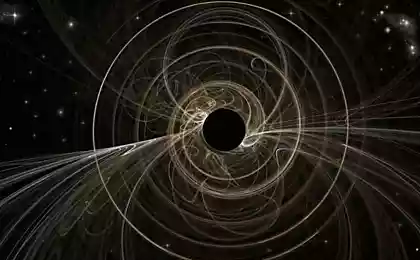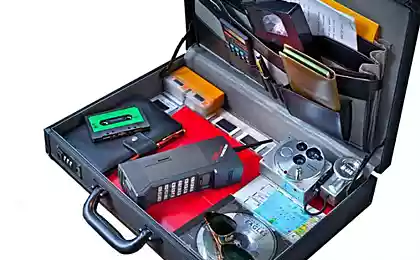1063
Swiss physicist turned the Nokia N9 in quantum random number generator
In the field of computer security using a random number generator (RNG) is the basis for the creation of any cryptographic system. For example, the RNG is used for the protection of personal data in the processing of credit card transactions made through the Internet. Although not you explain to us.
Interesting news from the design of random number generators came recently from Switzerland: Physics of the University of Geneva found a way to get random numbers using the uncertainty principle of quantum signal processing with a digital camera sensor Nokia N9.
Let's try to understand what the big deal is.
Speaking about the state of affairs in the field of cryptography at the moment, it can be noted that the last time it was invented quite a few ways of generating random and pseudo-random numbers from a variety of sources.
However, it is important not just to create a system for generating numbers, and make it so that it was not a weak link in the protection of cryptographic systems (systems with pseudo-loops can be cracked by hackers). This is a fairly trivial task that can not be solved purely by software, must be present because some analog flow from outside the system.
The best solution in this case is the use of a quantum random number generator makes it impossible to predict the generation of random loops.
The principle of operation of the RNG is based on the analysis of (counting) the emission of a photon. This quantum process inherently random because a specific time interval from the light source is obtained random number of photons.
Despite the fact that this method is usually quite expensive and complicated, Swiss students seem to have found a budget solution on the basis of the smartphone Nokia N9.
Authors of scientific work have noted that the light-sensitive sensors of modern smartphones have achieved a high quality and able to take into account the quantum effects of this kind.
Each pixel in the sensor 8 Mpixel Nokia N9 in the prior art by students may determine the number of photons in a certain period of time, and then convert them into a series of random numbers.
After a series of tests, where the role of the light source LED green appeared uniformly illuminating all the pixels in the sensor, it was possible to calculate the performance of the system. The result was a stream of random numbers 1 megabit / sec. Of course, this is not a record for systems RNG, but this is more than enough for secure cryptographic encryption applications for mobile devices. Also during the experiment revealed that the generator based on the Nokia N9 allows only one deviation from the ideal random sequence of 1096 iterations.
A comparison of measurements of the quantum and classical noise on a dedicated detector ATIK 383L (top) and smartphone Nokia N9 (bottom) i>
Read more about this project can be found in the published study по link.
Source: habrahabr.ru/company/Nokia/blog/237545/
Interesting news from the design of random number generators came recently from Switzerland: Physics of the University of Geneva found a way to get random numbers using the uncertainty principle of quantum signal processing with a digital camera sensor Nokia N9.
Let's try to understand what the big deal is.
Speaking about the state of affairs in the field of cryptography at the moment, it can be noted that the last time it was invented quite a few ways of generating random and pseudo-random numbers from a variety of sources.
However, it is important not just to create a system for generating numbers, and make it so that it was not a weak link in the protection of cryptographic systems (systems with pseudo-loops can be cracked by hackers). This is a fairly trivial task that can not be solved purely by software, must be present because some analog flow from outside the system.
The best solution in this case is the use of a quantum random number generator makes it impossible to predict the generation of random loops.
The principle of operation of the RNG is based on the analysis of (counting) the emission of a photon. This quantum process inherently random because a specific time interval from the light source is obtained random number of photons.
Despite the fact that this method is usually quite expensive and complicated, Swiss students seem to have found a budget solution on the basis of the smartphone Nokia N9.
Authors of scientific work have noted that the light-sensitive sensors of modern smartphones have achieved a high quality and able to take into account the quantum effects of this kind.
Each pixel in the sensor 8 Mpixel Nokia N9 in the prior art by students may determine the number of photons in a certain period of time, and then convert them into a series of random numbers.
After a series of tests, where the role of the light source LED green appeared uniformly illuminating all the pixels in the sensor, it was possible to calculate the performance of the system. The result was a stream of random numbers 1 megabit / sec. Of course, this is not a record for systems RNG, but this is more than enough for secure cryptographic encryption applications for mobile devices. Also during the experiment revealed that the generator based on the Nokia N9 allows only one deviation from the ideal random sequence of 1096 iterations.
A comparison of measurements of the quantum and classical noise on a dedicated detector ATIK 383L (top) and smartphone Nokia N9 (bottom) i>
Read more about this project can be found in the published study по link.
Source: habrahabr.ru/company/Nokia/blog/237545/
On the verge of death: almost cosmic catastrophes occurred
Elon Musk: before the advent of robotic vehicles on the road for another 5-6 years







